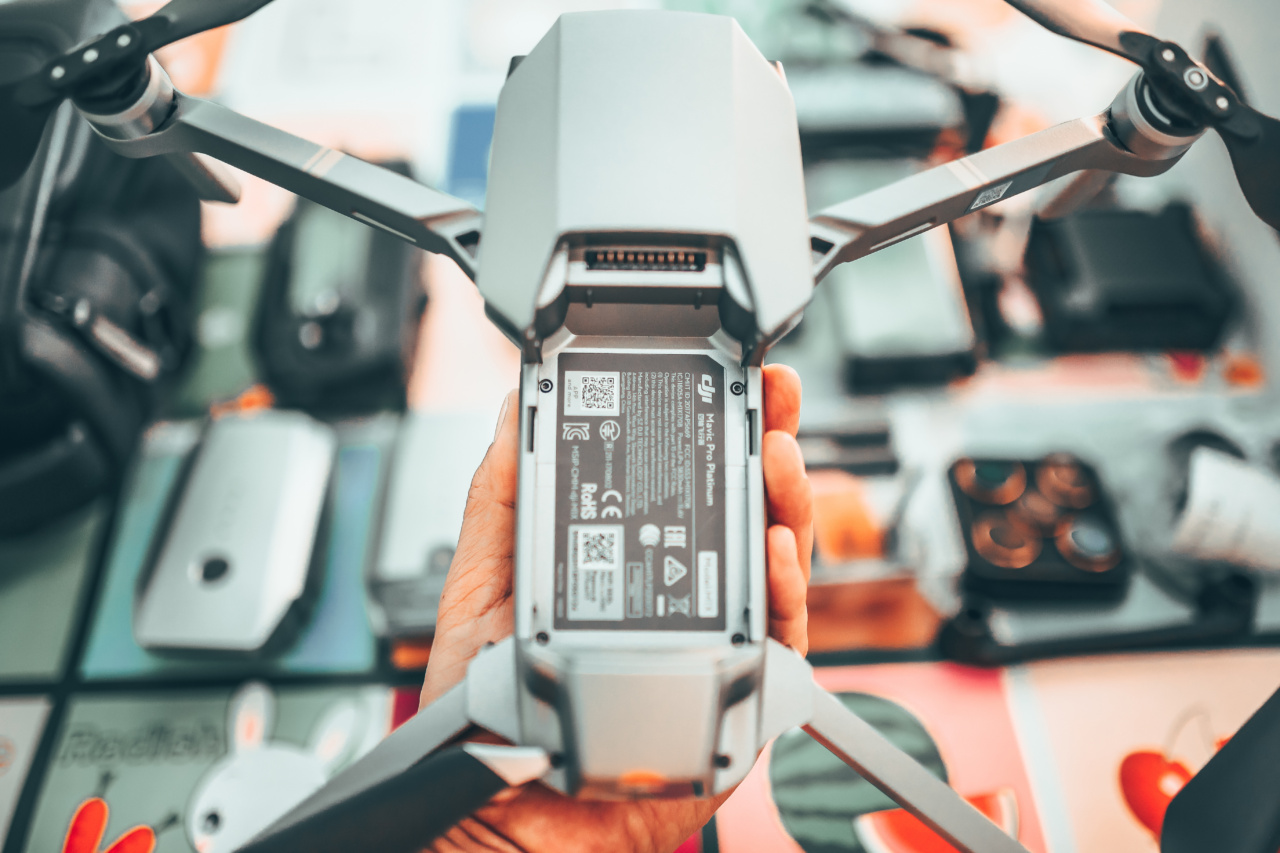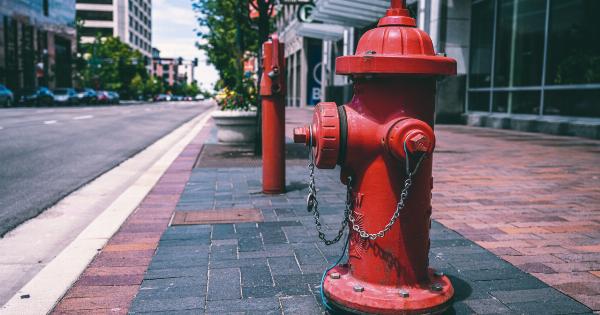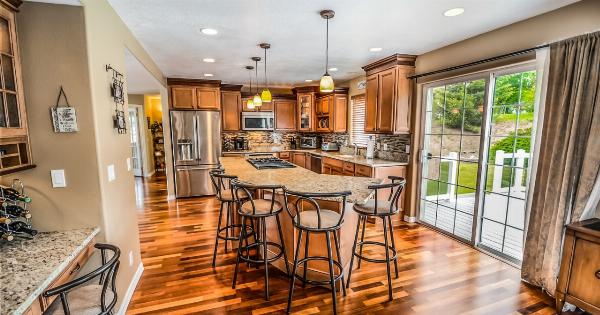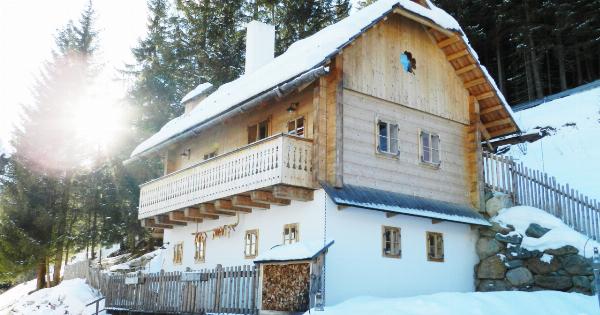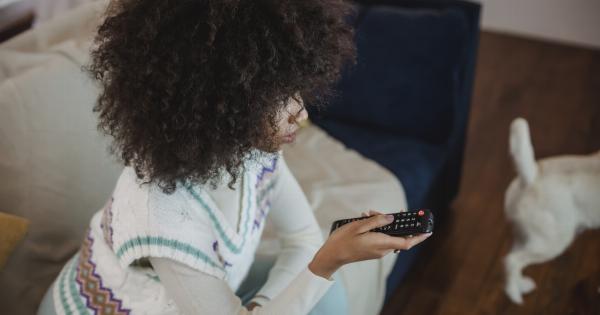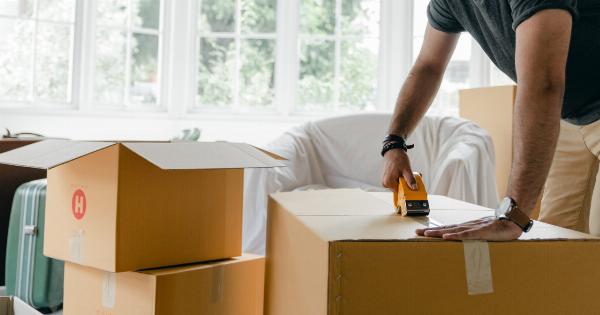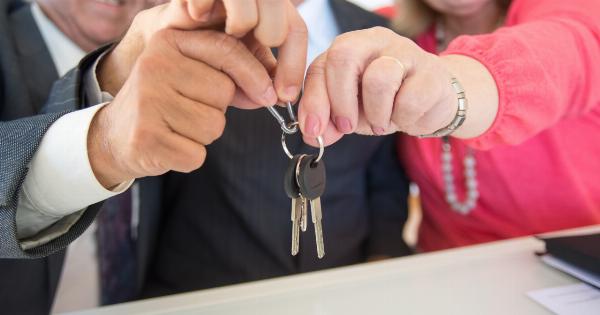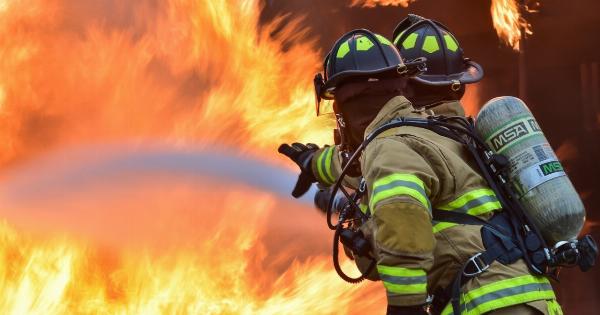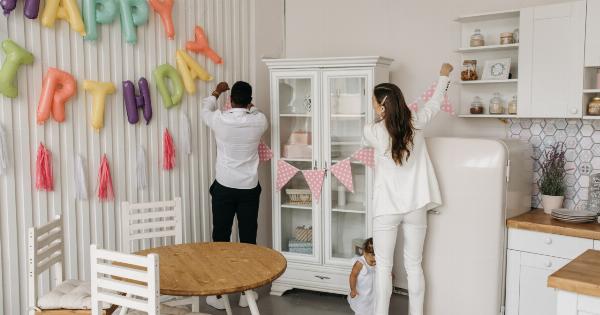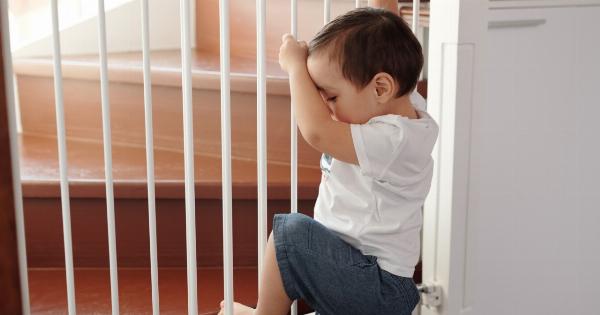Keeping your home safe and secure should be a top priority for any homeowner. Identifying potential hazards and taking action to prevent accidents can go a long way in keeping your home and loved ones safe.
Here are seven safety checks you need to conduct at home:.
1. Test Your Smoke Alarms
Smoke alarms save lives, but only if they are functioning correctly. Make sure to test your smoke alarms regularly and replace the batteries at least once a year.
Smoke alarms should be installed in every room of your home, and on every level, including the basement.
2. Check Your Carbon Monoxide Detector
Carbon monoxide is a colorless, odorless gas that can be deadly if it accumulates in your home. Make sure to check your carbon monoxide detector at least once a year and replace the batteries as needed.
If you don’t have a carbon monoxide detector in your home, it’s important to install one as soon as possible.
3. Inspect Your Fire Extinguisher
A fire extinguisher is an essential tool to have in case of a fire emergency. Make sure to inspect your fire extinguisher regularly to make sure it’s in good working order.
Check the pressure gauge to ensure it’s still in the green zone, and make sure the pin and tamper seal are intact.
4. Secure Your Windows and Doors
Unsecure windows and doors can be an easy target for burglars. Make sure to secure all windows and doors by installing locks and reinforcing weak points.
If you have a sliding glass door, install a security bar to prevent it from being lifted off the track.
5. Check Your Electrical Outlets and Cords
Frayed electrical cords and overloaded outlets can be a fire hazard. Check all electrical cords and outlets in your home regularly, and replace any that show signs of damage. Use power strips with built-in surge protectors to protect your electronics.
6. Inspect Your Staircases and Rails
Staircases and rails can be a tripping hazard if they are not in good condition. Inspect your staircase and railings regularly, and repair any loose or missing steps or rails.
Make sure that handrails are securely attached and at the right height for everyone in the home.
7. Declutter Your Home
A cluttered home can be hazardous, especially if there are small children or pets in the home. Take time to declutter your home, and get rid of anything that you no longer need or use.
Make sure that all walkways and staircases are clear of clutter to prevent tripping hazards.
Conclusion
Conducting these safety checks regularly can help keep your home safe and secure for you and your loved ones. Don’t overlook the importance of taking preventive measures to prevent accidents and hazards in your home.
